The planet is facing a biodiversity crisis unlike anything seen before in human history.
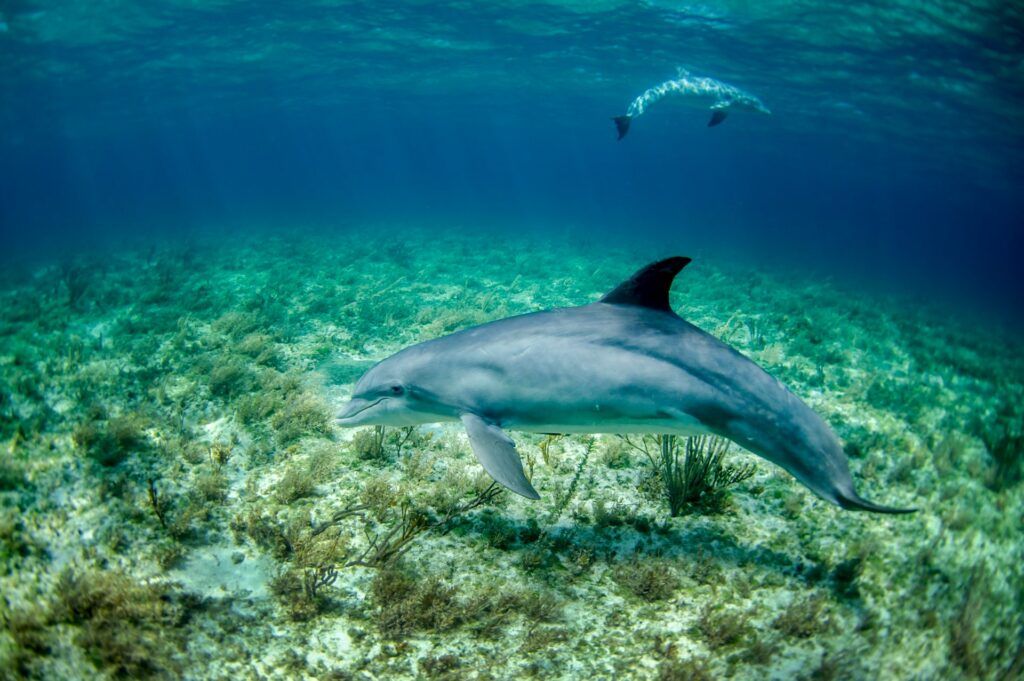
Species are vanishing at a rate estimated to be 100 to 1,000 times higher than the natural background rate of extinction, according to National Geographic. Scientists warn that we are in the midst of the sixth mass extinction, and for the first time, it’s being driven largely by human activity rather than a natural cataclysm.
Animals across the globe are disappearing, from iconic megafauna like tigers, elephants, and polar bears, to less celebrated but equally critical creatures such as amphibians, insects, corals, and deep-sea fish. The extinction crisis isn’t just about losing beloved species; it’s about the collapse of the systems that make life on Earth possible.
Understanding the causes, the scale, and the consequences of this crisis is essential if we are to have any hope of slowing, or eventually reversing, the damage being done.
The causes of extinction are varied.
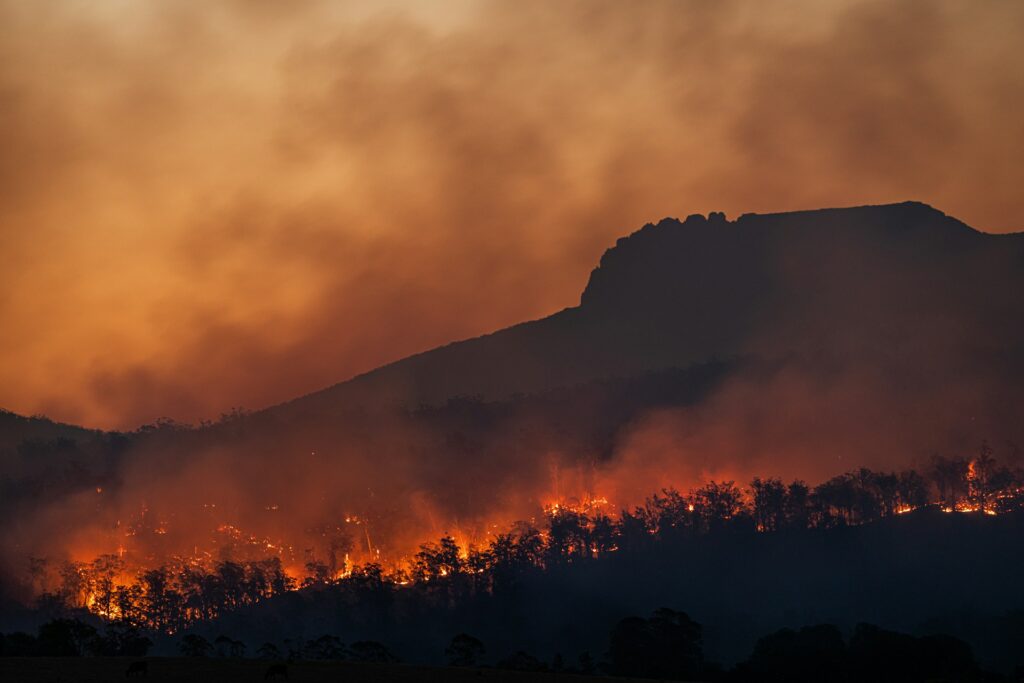
The drivers of modern extinction are complex, overlapping, and deeply interconnected. At the root of almost all threats to wildlife lies habitat destruction. Forests, wetlands, coral reefs, and grasslands are being cleared or degraded at an alarming pace, primarily for agriculture, logging, mining, urban expansion, and large infrastructure projects.
The spread of industrial farming and the production of commodities like beef, soy, and palm oil are among the biggest contributors to deforestation. Vast monocultures replace biodiverse habitats, and with them disappear the creatures that once thrived there.
Climate change exacerbates these pressures by shifting temperature and rainfall patterns, melting polar ice, and altering the availability of food and water. Ocean warming and acidification, caused by the absorption of carbon dioxide, are devastating marine ecosystems, especially coral reefs that support around 25% of all marine life.
Other factors include poaching, illegal wildlife trade, pollution, and the introduction of invasive species through human travel and globalised trade. In many cases, species are being pushed toward extinction by a lethal combination of multiple threats, compounding their vulnerability.
There are many species on the brink.
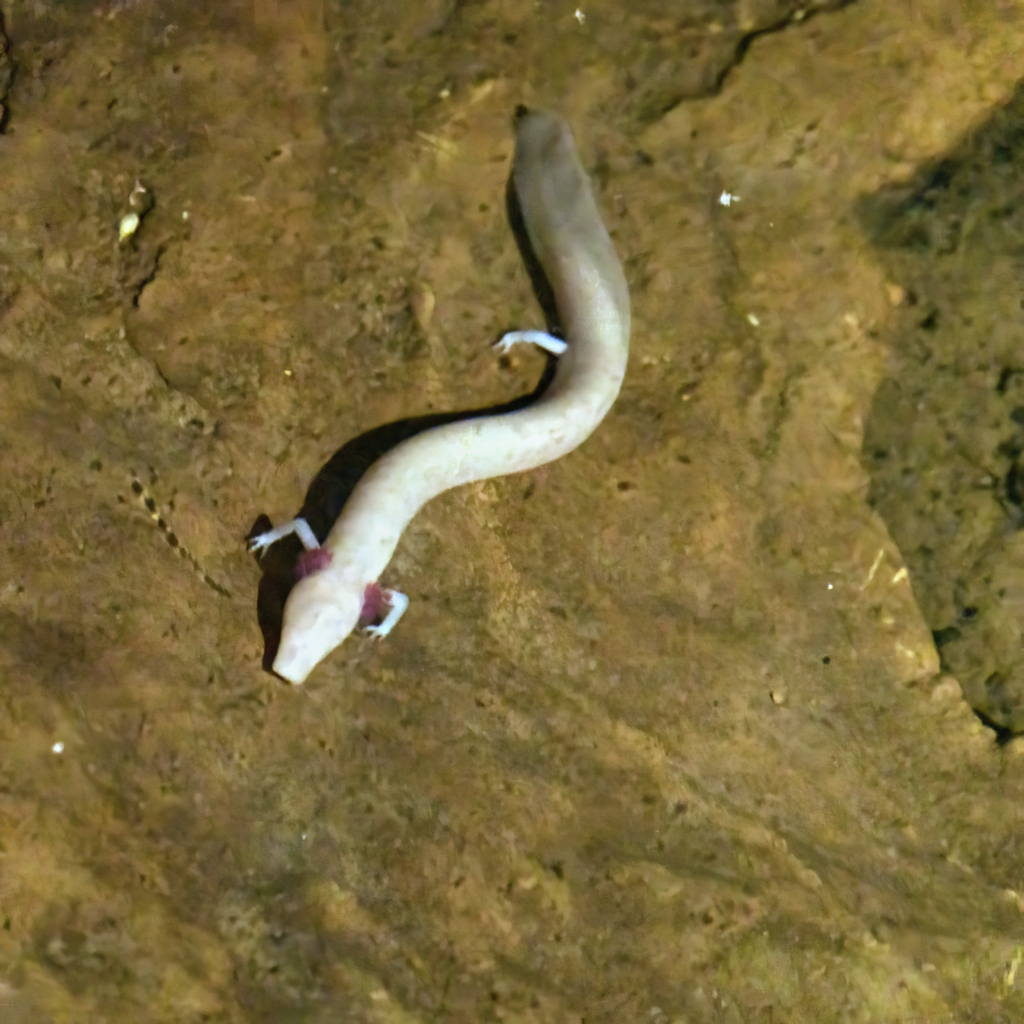
According to the International Union for Conservation of Nature (IUCN), over 42,000 species are currently listed as threatened with extinction. This includes not only well-known animals like the orangutan, black rhino, and vaquita—a tiny porpoise with fewer than 20 individuals left—but also thousands of lesser-known species, many of which are vital to their ecosystems.
Amphibians are among the hardest hit. Chytrid fungus, exacerbated by climate change, has decimated frog and toad populations worldwide. Freshwater mussels and crustaceans are vanishing at unprecedented rates, while countless insects, which are essential pollinators and decomposers, are declining rapidly.
Insects, often overlooked, are particularly concerning. A 2019 review in Biological Conservation suggested that over 40% of insect species are declining globally, and a third are endangered. This decline threatens food security, as many crops rely on insect pollination.
Even large mammals are not immune. Species that once roamed in the millions, like African elephants or Asian tigers, are now confined to small, isolated pockets of habitat, with population numbers a fraction of their former size.
Why does extinction matter?
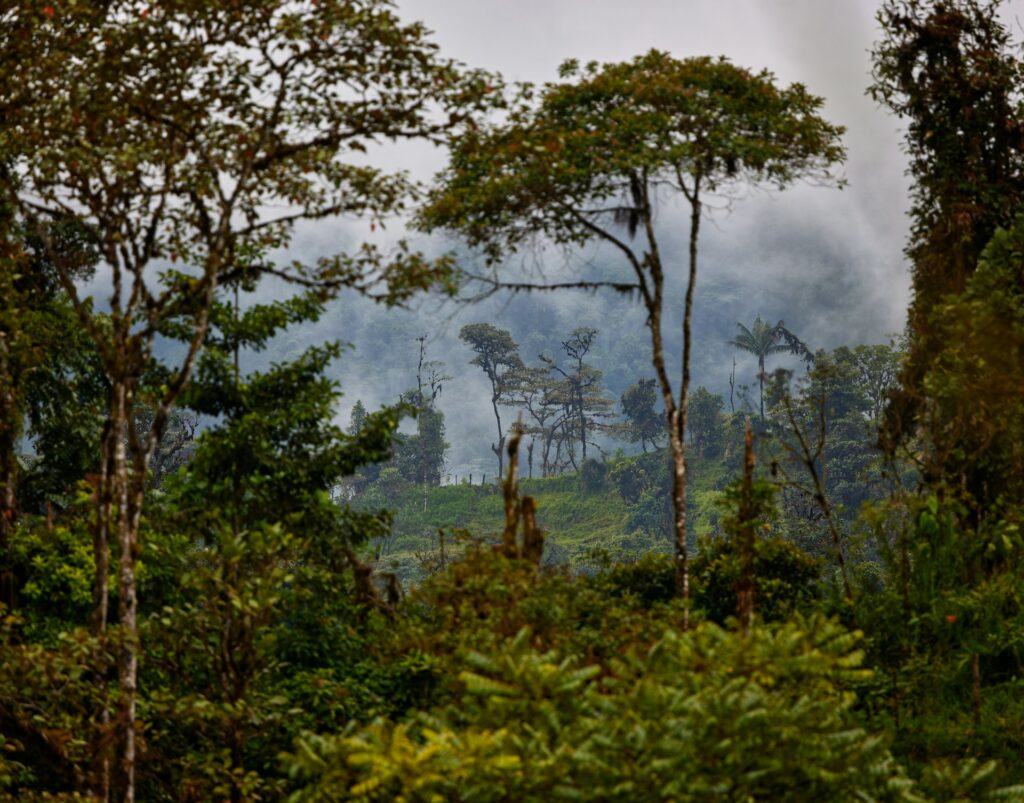
Biodiversity isn’t a luxury. It’s the foundation of life. It underpins the ecosystems that provide us with clean air, fresh water, fertile soils, food, medicines, and a stable climate. Every species lost weakens these systems, making them less resilient to future shocks such as climate change, disease outbreaks, and environmental collapse.
The loss of keystone species—animals like bees, wolves, or elephants that play outsized roles in maintaining ecosystem health—can trigger cascading effects. The removal of a single keystone species can cause entire ecosystems to unravel.
The decline of “background” species—creatures that may not make headlines but quietly sustain the balance of nature—is equally serious. Soil organisms, seed dispersers, insect pollinators, and aquatic invertebrates are critical to the functioning of natural systems, and their loss can have devastating knock-on effects.
Beyond their ecological roles, animals have cultural, spiritual, and intrinsic value. Many indigenous communities see the fate of the natural world as inseparable from their own identity and survival. Even beyond human-centric arguments, many ethicists argue that non-human species have an inherent right to exist, regardless of their utility to us.
What can be done about it?

Although the situation is undeniably urgent, it’s not without hope. History shows that concerted conservation efforts can save species from extinction. The recovery of species like the California condor, the Arabian oryx, and the European bison offer tangible examples of what is possible.
Protecting and restoring habitats is paramount. Creating new national parks, marine protected areas, and community-led conservation zones can give species the space they need to survive and thrive. Restoring degraded habitats, reforesting cleared areas, and rewilding landscapes are equally important.
Addressing climate change is vital.
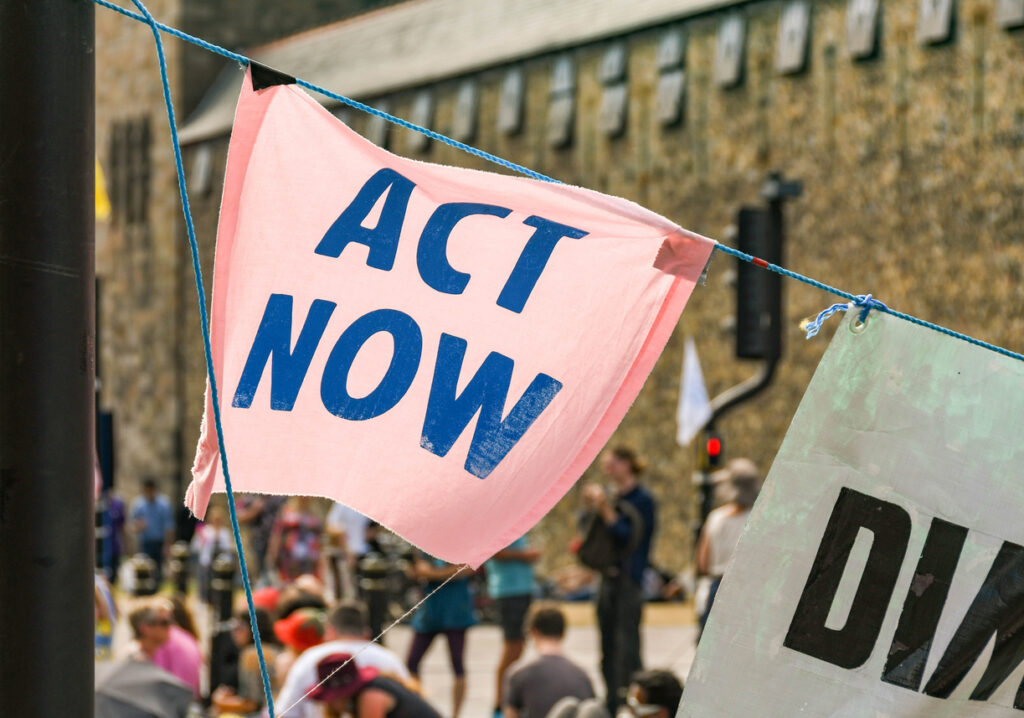
Reducing greenhouse gas emissions through cleaner energy, more sustainable agriculture, and reduced consumption is necessary to prevent the most catastrophic future scenarios. Cracking down on wildlife trafficking, enforcing anti-poaching laws, reducing the use of harmful pesticides, and improving waste management, particularly plastic pollution, can all help reduce pressures on wildlife.
Individual actions matter too. Supporting reputable conservation organisations, making wildlife-friendly choices (such as avoiding unsustainable palm oil or choosing sustainable seafood), reducing meat consumption, planting native species, and advocating for stronger environmental protections can all contribute.
We have collective responsibility.
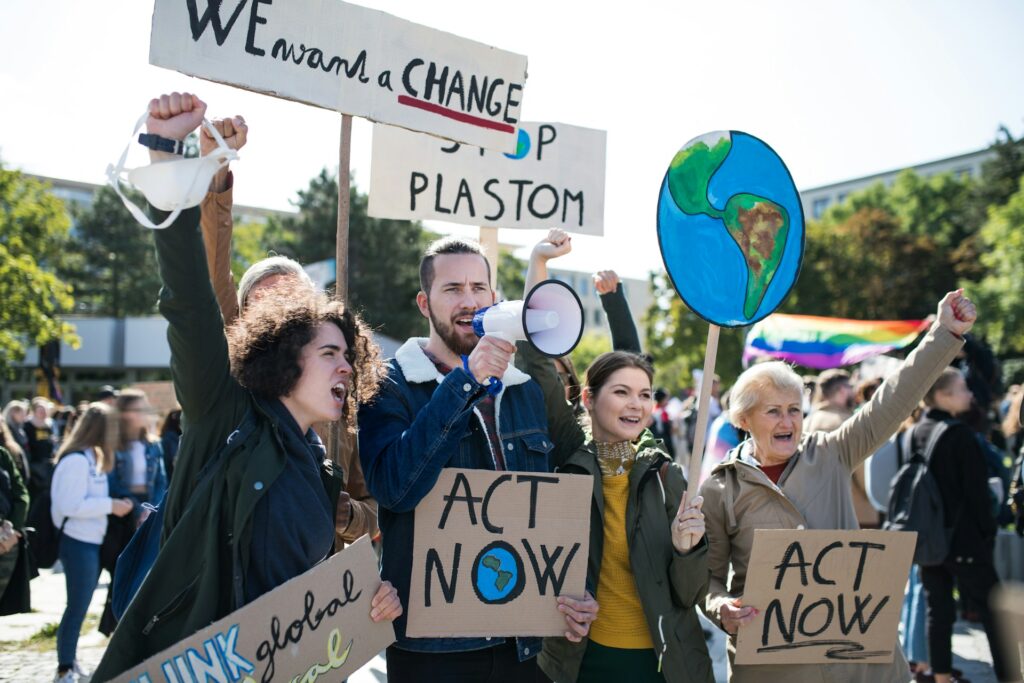
The global animal extinction crisis isn’t happening in a distant, isolated place. It’s unfolding all around us—in our oceans, forests, rivers, and even our back gardens. It’s a direct consequence of how humanity has treated the natural world.
If we are to stop, or even slow this mass extinction, we must fundamentally rethink our relationship with nature. This means moving beyond viewing wildlife as mere resources or background scenery and recognising that human prosperity and biodiversity are inextricably linked.
It demands systemic change, including how we farm, fish, build cities, produce goods, and consume resources.
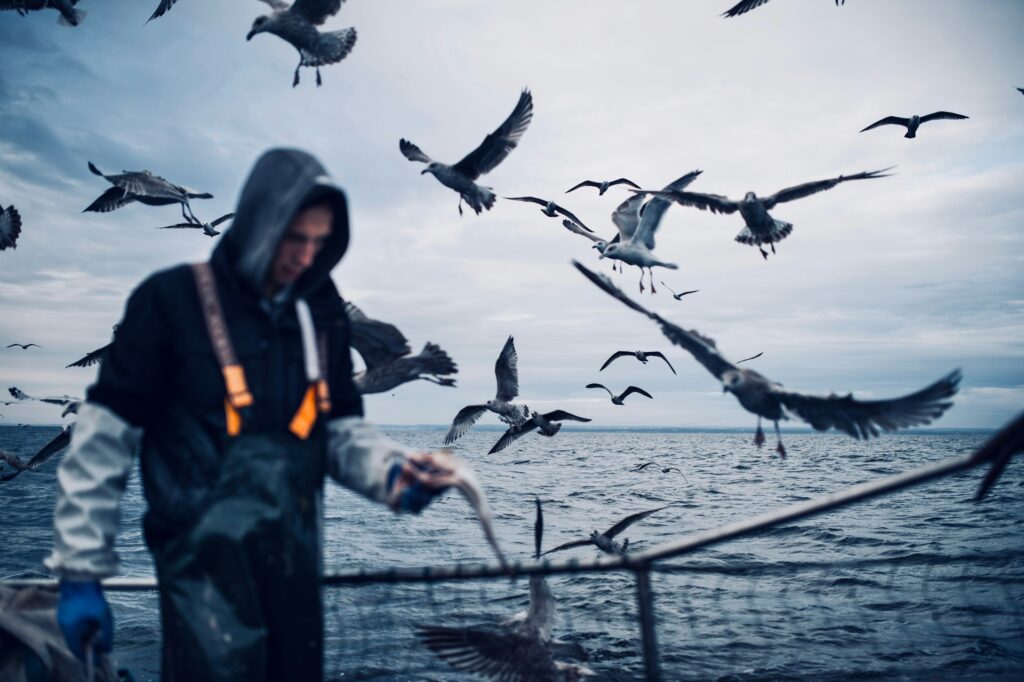
It also demands a cultural change, embracing the idea that protecting life on Earth isn’t an optional luxury but a moral imperative. Protecting the planet’s animals isn’t just about saving charismatic megafauna or preserving beautiful landscapes for future holidays. It’s about ensuring a liveable, resilient future for all life on Earth, including our own.
The window to act is narrowing. However, if we choose to act—boldly, urgently, and compassionately—we can still shape a different story. A story where life in all its richness isn’t just remembered, but renewed.